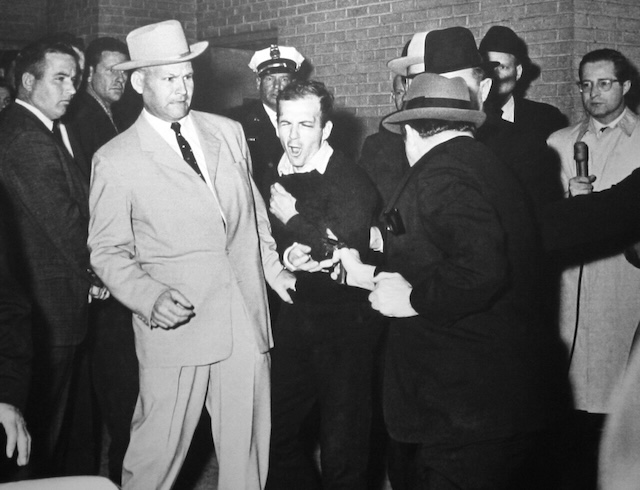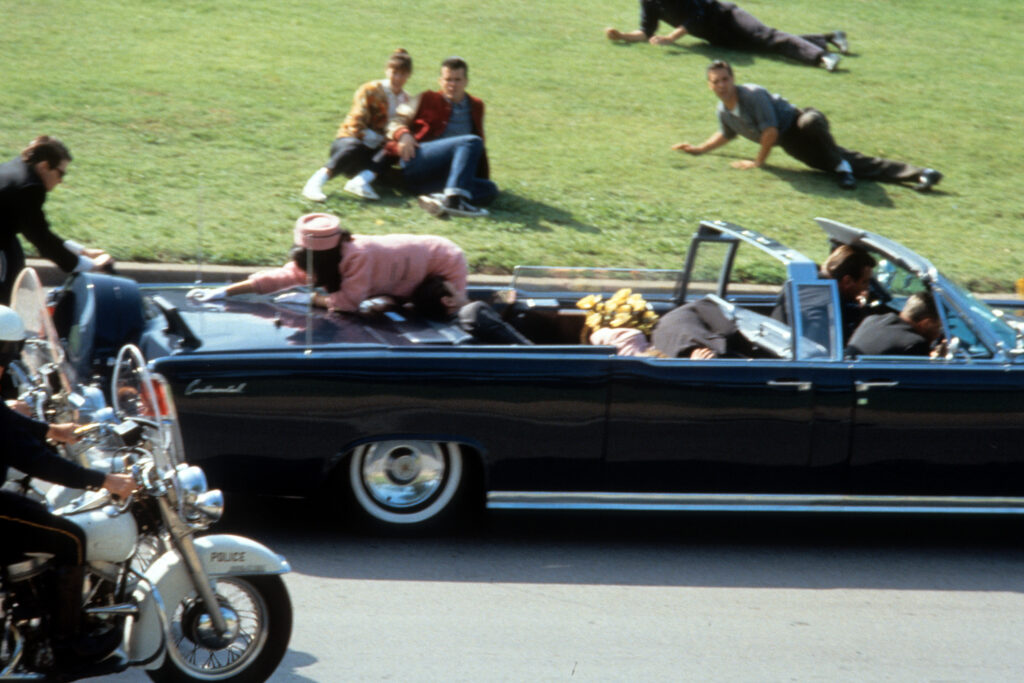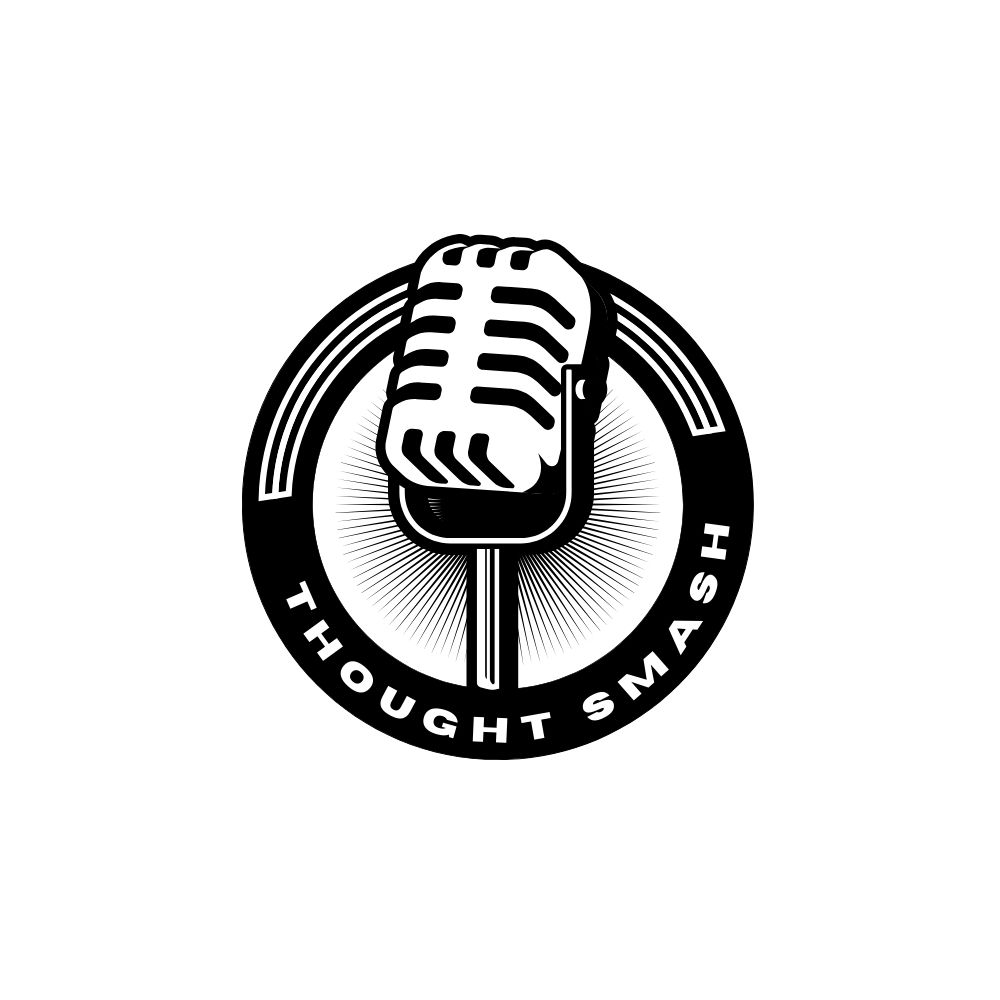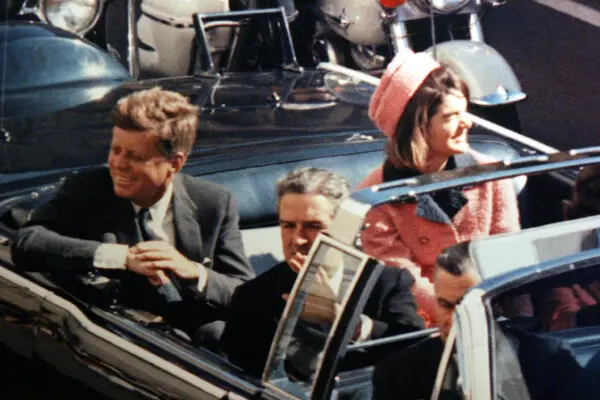JFK Files Reveal the Secret War Between Kennedy and the CIA
Newly released documents from the JFK archives have revealed previously hidden evidence highlighting President Kennedy’s internal war with the Central Intelligence Agency. These files include a newly unredacted memo from Arthur Schlesinger, revealing Kennedy’s private outrage at the CIA following the Bay of Pigs disaster. Schlesinger documented the CIA’s control over foreign policy, stating that “47 percent of State Department political officers” were actually undercover CIA agents. Jefferson Morley, veteran journalist and Kennedy assassination researcher, explained, “This page that was kept secret for 60 years really tells the why of what Kennedy wanted to do.” Kennedy’s statement about wanting to “split the CIA into a thousand pieces and scatter it to the winds” marked his push to curb unchecked intelligence influence.
A Surveillance Pattern That Dismantles the Lone Gunman Story
Lee Harvey Oswald’s portrayal as a lone assassin continues to collapse under the weight of extensive CIA surveillance records and internal files. Jefferson Morley highlighted “42 documents, 180 pages” that tracked Oswald’s movements from 1959 to 1963 under the watch of top CIA officials. James Angleton, who served as CIA counterintelligence chief, had Oswald’s address documented multiple times, including days before the assassination. Morley noted, “There was no point in those four years where top people in the CIA did not have Lee Harvey Oswald’s home address.” These records form a detailed surveillance pattern that contradicts the official narrative and erodes the theory of a disconnected loner.
Jack Ruby and the Mafia’s Deadly Assignment

The murder of Oswald by Jack Ruby erased the only man who could publicly detail who he was working with or for. Ruby’s associates told researchers that “Jack worked for people, and I do not think he had a choice,” implying his role followed orders. Morley referenced Michael Franzese, a former mob insider, who said, “We were asked to get rid of Oswald and we did it—that was our part.” Ruby’s sudden killing of Oswald on national television prevented any possibility of testimony that could unravel deeper links. The story of Ruby acting alone out of patriotic rage collapses under the pressure of his organized crime history and external direction.
Angleton, Israel, and the Hidden Origins of Intelligence Alliances
Declassified records have revealed a long-standing relationship between James Angleton and Israeli intelligence, forged in secret meetings starting in 1951. Morley explained that “Angleton explains his extraordinary relationship with Israeli Security Services going back to 1951,” involving agreements with then-Prime Minister David Ben-Gurion. The documents also expose that Angleton helped initiate COINTELPRO, previously attributed only to the FBI, but clearly shaped with CIA involvement. That surveillance and repression program marked the beginning of an internal intelligence apparatus targeting domestic dissent and protest movements. These alliances not only extended the CIA’s reach but also embedded foreign cooperation into its secret political operations.
Truman and Eisenhower Warned Too Late
Two former presidents—Harry Truman and Dwight Eisenhower—attempted to sound alarms about the direction of the CIA, but their warnings came far too late. Truman published a Washington Post opinion piece days after Kennedy’s assassination, stating the CIA “was out of control,” expressing regret about its structure. David Talbot, author of The Devil’s Chessboard, shared that “Dulles flew down to Missouri to confront the aging Truman” and asked him to disavow the piece, but he refused. Eisenhower, in his televised farewell speech, warned Americans about the “military-industrial complex,” which had grown under his administration. Their late admissions suggest even the most powerful leaders no longer had control over what they had helped create.
The Media Chose Silence Over Truth
Corporate media institutions cooperated with intelligence agencies instead of challenging the Warren Commission or investigating Kennedy’s assassination with independence. Talbot uncovered a letter from Newsweek’s editor thanking Allen Dulles for “shaping coverage of the Warren report,” proving direct collaboration. Dulles maintained close ties with powerful editorial boards at The New York Times and other outlets that framed him as a national elder statesman. Talbot noted that editors referred to Dulles as “Ally,” reflecting a relationship that undermined any notion of media accountability. Rather than questioning inconsistencies or pursuing leads, newsrooms became complicit in protecting the official narrative.
The Evidence Reveals a Pattern, Not an Accident
Jefferson Morley urged readers and researchers to stop searching for one “smoking gun” document and instead follow the emerging, consistent pattern of facts. He stated, “The entire Oswald file that James Angleton had on his desk… that changes the narrative,” showing the full picture formed by cumulative evidence. Oswald’s surveillance, Ruby’s hit, the internal lies, and the ignored alerts combine to form a web pointing to organized concealment. These events, when viewed together, paint a picture of institutional knowledge and involvement rather than bureaucratic mistakes. That pattern points to a plan that unraveled only in part—leaving many still alive to protect the secrets.

Secrecy Protects Power and Withholds the Truth
Thousands of JFK-related documents remain classified, protected from public view by the same agencies accused of involvement in the events of 1963. President Trump declared his intention to release all assassination records, yet he left office with many still hidden from review. Talbot explained that “he got rolled,” suggesting that security agencies “threatened him again and again” until he backed down. Senator Chuck Schumer said in 2017 that intelligence agencies “have six ways from Sunday at getting back at you,” hinting at a permanent power imbalance. These records remain sealed not for public safety, but to shield decades of deception and protect institutional dominance.
Kennedy’s Exit From the Cold War Playbook Sealed His Fate
Kennedy rejected Washington’s Cold War strategy and worked to pull America out of foreign conflicts like Vietnam, where he had sent advisers. Talbot shared, “JFK was withdrawing from Vietnam… he did not believe it was a winnable war,” supported by conversations with Defense Secretary Robert McNamara. Kennedy’s speech at American University called for citizens to “empathize with the Soviet people,” a direct challenge to Cold War ideology. Talbot stated, “That is what got him killed,” framing Kennedy’s peaceful ambitions as a threat to the powerful machinery of war and secrecy. His policy shifts would have undermined military contractors, intelligence planners, and Cold War profiteers.
Permanent Consequences From a Hidden Coup
Kennedy’s assassination sent a message that those in power could use secrecy to eliminate opposition and remain unaccountable to the public. Talbot remarked, “Every president after him—definitely Johnson, definitely Nixon—believed the CIA probably did it,” showing that even successors doubted the official version. Lyndon Johnson admitted to aides that he believed the CIA had involvement and distrusted the Warren Commission’s findings. Nixon aggressively pursued intelligence files, suspecting the Bay of Pigs operation held clues about deeper plots hidden from public view. The killing of Kennedy did not only remove a president but cemented the dominance of a hidden government behind public institutions.

